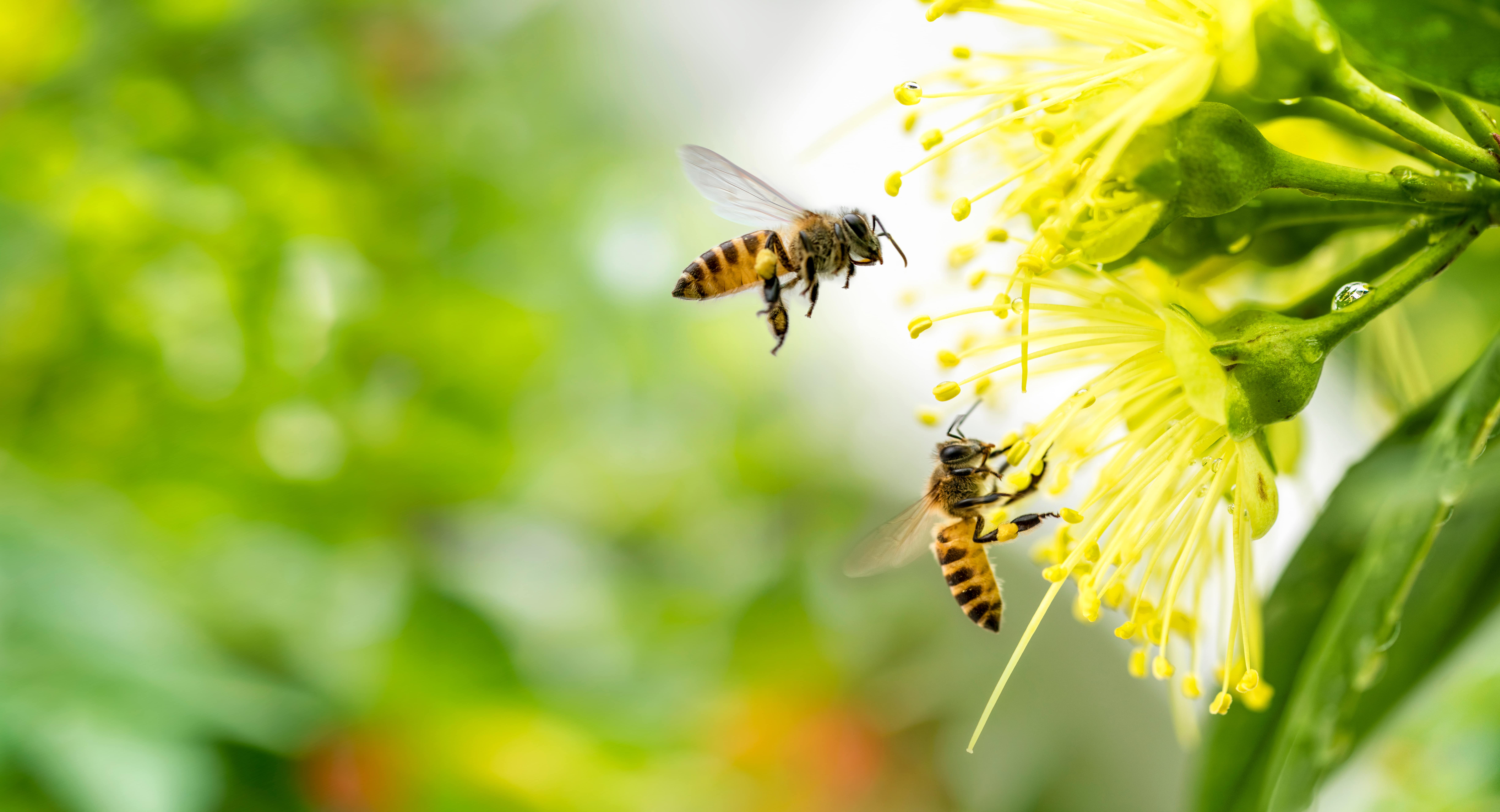Home / Blog / Termites / What Do Termites Look Like?
What Do Termites Look Like?

Scientifically reviewed by hawxadmin
You’re sitting in your cozy living room, sipping on a hot cup of coffee, when you notice it. A minuscule, almost invisible creature crawling along your windowsill. “What is that?” you wonder.
Before you know it, you discover termites – these tiny invaders – have been munching through your beloved home’s structure.
You might pause, wondering if what you’re seeing is for real. What do termites look like? Are they even visible to the naked eye? Is it another type of pest you’re dealing with instead?
Take a deep breath. We’re here to help.
What Do Termites Look Like?

Termites are small, typically ranging from 1/4 to 1/2 inch in length. Despite their diminutive size, they have a distinct body shape that sets them apart from other insects.
Termites have a straight, elongated body with no noticeable “waist” separating the thorax from the abdomen. This contrasts with ants, which have a narrow, pinched waist.
The color of termites can vary depending on their type and role within the colony. Most worker termites are pale or creamy white, making them difficult to see against wood surfaces.
Soldier termites have larger heads with powerful jaws and are usually a bit darker. Winged reproductive termites, also known as swarmers, are often brown or black and are the most likely to be seen by homeowners during swarming season.
Another defining feature of reproductive termites is their wings. These termites have two pairs of wings of equal length, which they shed after mating. If you find this type of discarded wings around window sills or entry points, it’s a clear sign that termites have been present. Termites also have straight, beaded antennae, unlike the bent antennae of ants.
Identifying Different Types of Termites
Although the details above should help you identify and differentiate termites from other pest species, it’s important to know that there are several different types of termites you might be dealing with, too:
Subterranean Termites
Subterranean termites are the most common and destructive type of termite in the United States. They must have constant contact with the soil for moisture, mostly live in underground colonies and build mud tubes to access food sources above ground.
These worker and soldier termites have a creamy-white color, swarmers are blackish in color and are smaller than other termite species. Their presence is often portrayed by the mud tubes they construct along foundations or walls.
Drywood Termites
Unlike their subterranean cousins, drywood termites do not require contact with soil. They infest dry wood and can be found in attic wood structures, furniture, or hardwood floors.
Drywood termites are slightly larger and have a more uniform color, swarmers are usually light brown. Spotting their droppings, known as frass, is a telltale sign of an infestation.
Dampwood Termites
True to their name, dampwood termites prefer wood with high moisture content. They are less likely to infest homes because they need damp conditions, often found in rotting wood or areas with leaks.
Dampwood termites are larger and darker than other species, making them easier to identify in contrast to the wood they consume.
Signs of Termite Infestation
The good news? You’re probably not going to find termites wandering around your home, even if you do have an infestation. The bad news? Just because you haven’t seen any termites, doesn’t mean that you’re termite-free.
Sightings aside, here are some signs of termite infestations to be mindful of:
Mud Tubes
One of the most visible signs of subterranean termites is the presence of mud tubes.
These pencil-thin tunnels are made of soil and saliva and provide a protected pathway for termites from their nest to your home. Check for mud tubes around the foundation, crawl spaces, and exterior walls.
Wood Damage
Termites eat wood from the inside out, leaving a thin veneer of wood or paint intact. Tap on suspected wood; if it sounds hollow, it could be termite damage. You might also notice blistering or darkening wood surfaces, which indicate internal damage.
Swarmers and Discarded Wings
Seeing winged termites or finding discarded wings around window sills and doors is a clear sign of termite activity. Swarmers are reproductive termites that leave the nest to start new colonies, and their wings are often shed after mating.
Preventing Termite Infestations
First, reduce moisture. Termites thrive in moist environments. Fixing leaky pipes, ensuring proper drainage, and using dehumidifiers in basements can help reduce moisture levels in your home, making it less inviting for termites.
You should also take steps to remove any wood-to-ground contact, or at least minimize it. Subterranean termites require direct contact with soil. Removing wood debris, firewood, and mulch from around your home’s foundation can reduce the risk of an infestation. Use concrete or metal barriers between soil and wood structures whenever possible.
Finally, regular termite inspections by a professional can catch infestations early before significant damage occurs. Annual inspections are recommended, especially for homes in termite-prone areas.
I Spy…A Termite? Not With Hawx

If you continue to see signs of termites despite your best efforts, it’s time to call in a professional pest control service. Persistent mud tubes, unexplained wood damage, and frequent sightings of swarmers are red flags that require expert intervention.
Now that you’re armed with the knowledge of what termites look like and how to spot the signs of an infestation, you’re better prepared to protect your home from these destructive pests. Remember, early detection is key to preventing significant damage.
Join our family of satisfied customers at Hawx Pest Control and ensure your home remains termite-free. With our expert services and state-of-the-art technology, you can enjoy peace of mind knowing your home is protected.
Learn more about the pests in this article
Related Articles















